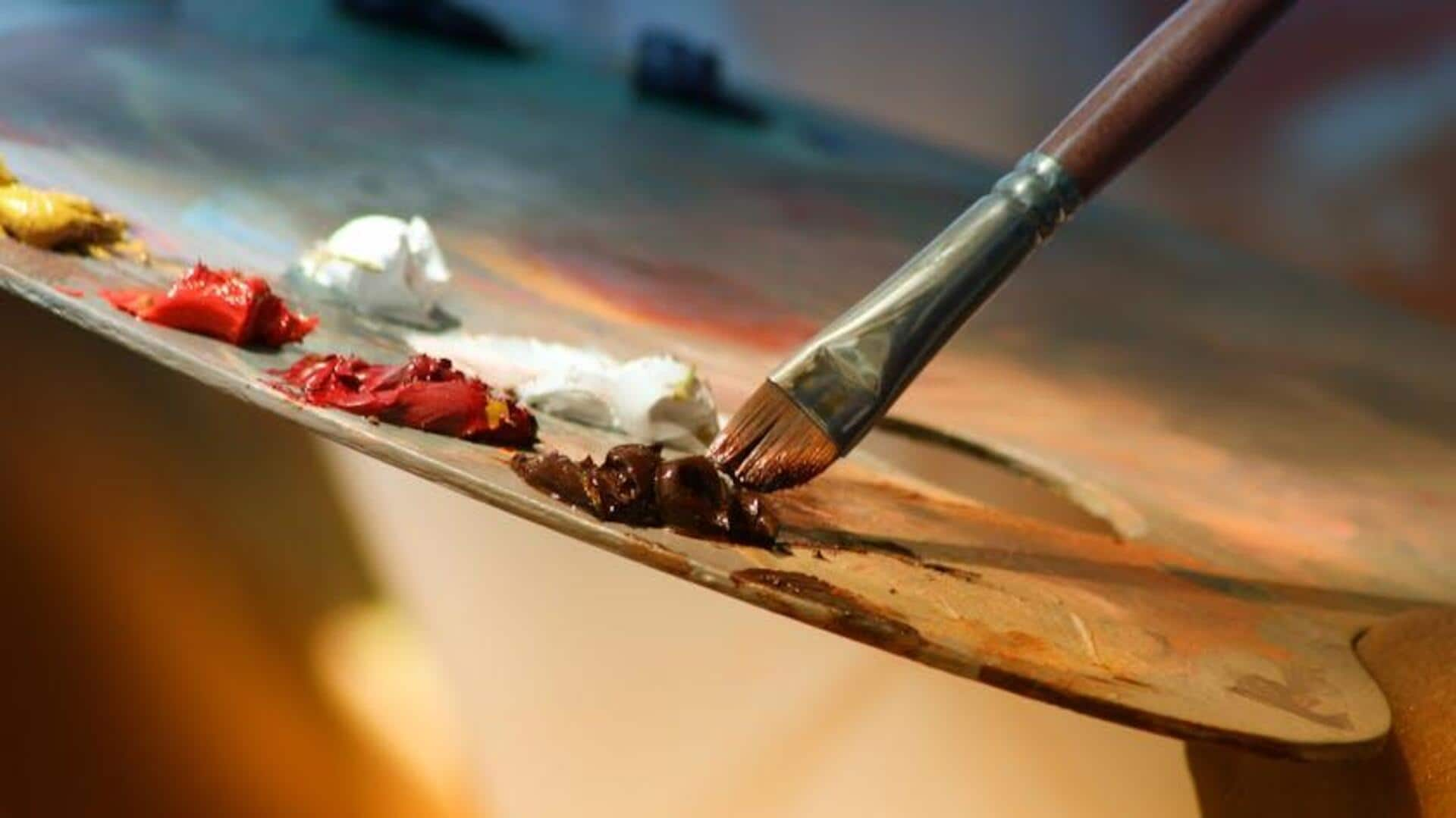
Exploring traditional painting techniques
What's the story
African art is famous for its vibrant colors and unique patterns, which are deeply rooted in cultural traditions. The painting techniques used by African artists are a reflection of their rich history and diverse cultures. From the use of natural pigments to symbolic patterns, these techniques are not just artistic expressions but also storytelling mediums. Here are some traditional African painting techniques that continue to influence artists across the globe.
#1
Use of natural pigments
African artists have traditionally relied on natural pigments sourced from the earth. These include ochre, charcoal, and plant-based dyes. These materials are often mixed with water or oils to create paints that are used on various surfaces. The use of natural pigments not only connects the artwork to nature but also gives it a unique texture and depth.
#2
Symbolic patterns and motifs
Patterns and motifs in African paintings are often symbolic, representing cultural beliefs or historical events. Geometric shapes, lines, and dots are commonly used to convey messages or tell stories. Each pattern can have a different meaning depending on the region or community it comes from, making them an important part of the artwork's narrative.
#3
Techniques of layering
Layering is a common technique in African painting, where multiple coats of paint are applied to create depth and complexity in the artwork. This method allows artists to build up textures and details gradually, resulting in rich visual effects. Layering also enables the incorporation of various colors without losing clarity or vibrancy.
#4
Community involvement in art creation
Many African painting traditions involve community participation in the creation process. This could be through collaborative projects where multiple artists contribute their skills or through workshops where community members learn traditional techniques together. Such practices not only preserve cultural heritage but also foster a sense of unity within communities.